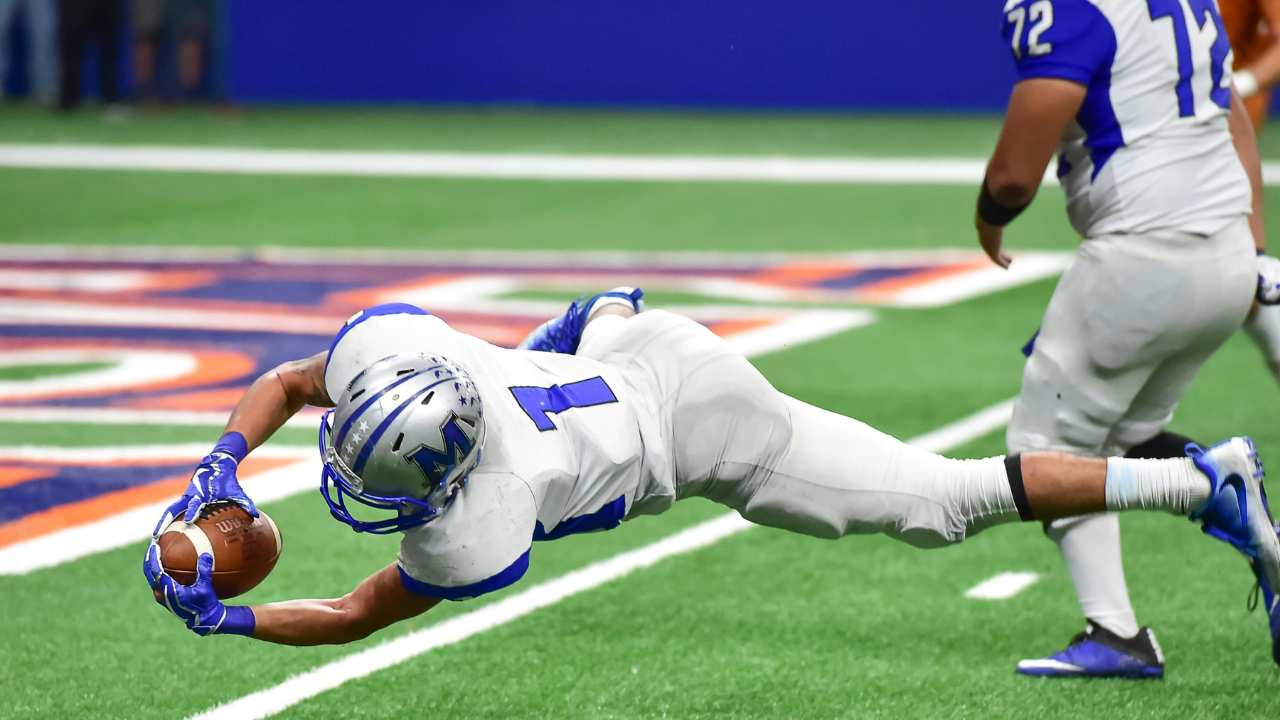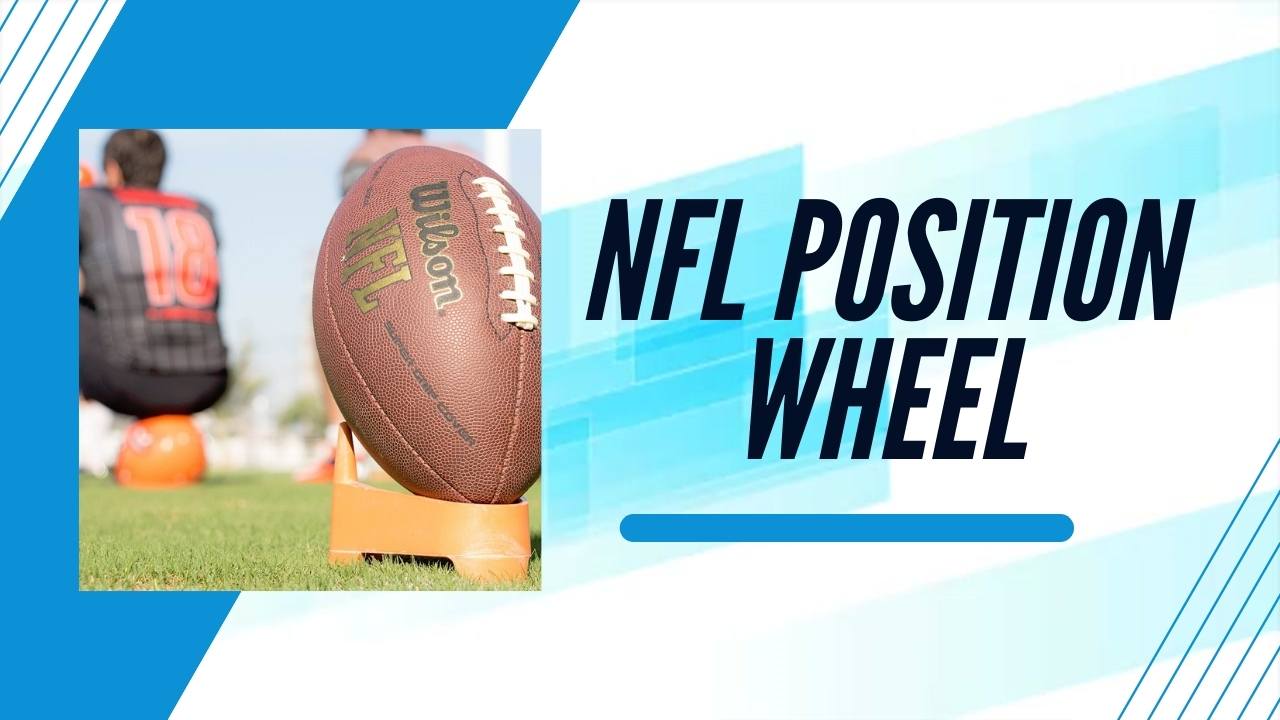Football is a game that has delighted millions of fans worldwide. It is an exhilarating sport with its own unique language and passion. Those who are new to the game might find it difficult to keep up with some of the terms and acronyms used. One such acronym that usually leaves people wondering about its meaning is TFL. In this article, I will break down football jargon for you, particularly focusing on what does TFL mean in football.
Understanding common football abbreviations
However, let us first have a general idea about TFL before we get into details. The game of football has its own language, and these abbreviations are important for anyone who wants to understand the sport. Football abbreviations are mostly used to identify specific aspects or moments in the game, positions, and statistical achievements such as TD (touchdown) and QB (quarterback). These abbreviations are now part of everyday speech by commentators, analysts, and fans.
What Does TFL Mean in Football?
Now that we know some basic football lingo let us take a look at TLF 2ADEF1. TFL stands for “tackle for loss,” which refers to a defensive player’s successful tackle that results in the offense losing yardage. This happens when a defensive participant tackles the ball carrier behind them at their line of scrimmage so they can’t move forward anymore. A single good performance: making several tackles resulting in net losses can define great defensive play.
How TFL is recorded and its significance in the game
Tackling below or behind the line of scrimmage is called a tackle-for-a-loss or TFL for short; it shows how many times during a play when defenders make successful tackles at line-of-scrimmage, which result either in no gain by runners or sometimes even backward movement toward the team’s goal posts 2BDEF7. Linebackers commonly lead in tackling against opponents’ running attacks, followed by linemen. These tackles not only testify to their ability to read the offense but also predict plays and execute contacts successfully. This is because TFLs are often considered as a measure of agility, power, and football intelligence.
The significance of TFLs in the game cannot be overstated. They disrupt the rhythm of an offense by putting it into unfavorable spots, such as long third downs or turnovers for touchdowns 2ADEF10. In addition, TFLs boost team spirits on defense while shaming offenses. To evaluate whether defensive strategies are efficient or not, coaches and analysts look at TFL numbers closely as indicators of how individual players play.
The importance of TFL in the game

Credit: www.pexels.com
Tackle for loss (TFL) is an essential concept in football because it interrupts the flow or pace developed by attackers, thereby making them less potent offensively. When a defender makes use of this technique effectively, he stops his opponents from advancing with the ball while discouraging them too 5BDEF3. Low self-esteem may come about after such tackles, which might affect all aspects of playing by that particular person. It can, therefore, be regarded as a measure of how much a defense can disrupt play in a game due to turnovers; penetration for loss yardage being created though other ways like forcing fumbles upon running backs who play against it 1BDEF9.
How TFL is calculated
The number of tackles for loss (TFLs) is determined by the count of a defensive player’s tackles, which cause offenses to lose yards. The official scorekeepers record this data during games and it helps determine individual as well as team defense performances. TFLs can occur against both run plays and pass plays provided that the tackle ends up in negative yardage. A high number of TFLs indicates a disruptive player or defense.
Notable Players Known For TFL
There are many who have shone on this football art of making TFLs throughout history. These players have displayed incredible skills and have become legends. Lawrence Taylor, a former linebacker for the team of New York Giants, is one example. His unique talent to make loss tackles has made him a great name in the game. Taylor was dominant on the field mainly because he possessed an uncanny ability to make TFLs. He became one of the most feared defenders in NFL history because he played aggressively and chased down ball carries.
Another prominent athlete known for his specialty in tackling opponent runners behind their scrimmage line is J.J Watt, who played as a defensive end for both Houston Texans and Arizona Cardinals, respectively. As a result of his speed, strength, and technique, Watt has been able to consistently create tackles, leading to losses throughout his career life. This has earned him names like “the wrecking ball” and “the machine.” Therefore, he is among those respected as the finest players on defense nationally,
Instances Of TFL In Action
To truly appreciate how much impact these tackles may have within any single match, let us try some examples out there. For example, this could be like when an offense only needs a few yards at third down with few yards remaining the first time, but then instead, the defensive front bursts through offensive lines, sacking running backs at the backfield, leading to tackling for loss (TFL). Afterward, punting that follows gives this other squad a better chance now to score.
On the other hand, another case may occur whereby the quarterback’s intention is understood correctly by a linebacker who reads the game and consequently makes TFL by tackling his target at the backfield before he collects it. In addition to the loss of yards by this offense, that play also prevents a large gain chance.
Misunderstandings about TFL in American football
Though crucial, there are misconceptions surrounding this issue of TFLs. One misconception that exists is that many believe a tackle for loss only results from sacking quarterbacks. While one way to get a TFL is taking down the quarterback as he takes a snap, intercepting or tackling any offensive player behind the scrimmage yard line will lead to this result, too. One common misunderstanding is looking at tackles for loss as purely individual efforts. You necessarily cannot have an excellent tackle for loss without coordination and cooperation among defenders as they seek to disrupt opponent offenses.
Tips To Increase The Number Of TFL
Coaches and players are always in search of techniques to enhance their TFL numbers. This strategy entails studying an opponent’s tendencies and planning for the game accordingly. To get more TFLs, defenders need to know the offensive formations, play-calling habits, and specific strengths and weaknesses of individuals. Also, strong tackling skills, improved speed and agility, plus high fitness levels are necessary for making more TFLs. It requires mental preparedness, physical capabilities, and a deep grasp of the game.
The effect of TFL on defense
TFLs have a great impact on the whole defense. They not only disrupt the offense’s rhythm but also create chances for turnovers or sacks. The consistent presence of a defense that makes TFLs will force an offense into unfavorable down-and-distance situations where they become one-dimensional or commit mistakes most times they try to run plays in such situations. Moreover, this helps in building confidence among defensive players resulting in better overall performance by the defense unit. Making consistent tackles for losses is synonymous with playing solid defense and is a game-changer.
Tackles For Loss Statistics And Their Impact On Team Performance
Studying TFL statistics can provide valuable insights about a team’s defensive performances generally, as well as victories obtained overall. Teams that have more TFLS tend to be disruptive defenses that excellently subdue enemies’ offenses. The result is usually shorter third down distances, leading to punts or turnovers from the offensive side after getting on these positions through gaining ground by Bruins running towards opposition goalposts continuously without ceasing. By attaining consistent tackles-for-loss, teams can dictate the pace of play and restrict their opponents’ scoring opportunities.
Tackles For Loss (TFL) Statistics
Coaches and analysts take note of TLF stats closely in order to identify patterns as well as areas requiring improvements or attention that require immediate action. They use such information to plan defensively; adjust their tactics before or during games; decide who should be playing and who shouldn’t. Again, TFL stats form basis for some individual awards like All-Pro selections or Defensive Player of the Year. Having a reputation for constantly achieving tackles-for-loss is a highly valued ability that can make or break a player’s career.
Tactics to achieve TFL
Physicality, wit and strategic execution are key in attaining TFLs. For example, speed, agility and strength are essential qualities for the defensive players to have if they must react quickly in play and over power the opponents. Offensive schemes and trends on how halfbacks run are never strange to them; thus allowing them to anticipate plays; hence adjusting accordingly.
Some of these techniques include the swim move, bull rush, and gap shooting for making a tackle behind the line of scrimmage. In this technique, a defensive player uses his hands to quickly get past an opponent’s offensive lineman. The bull rush is where you rely on your strength to overpower the lineman, allowing him to drive backward instead. At other times, it may involve moving quickly through gaps in between O-linemen, which leads to disrupted plays as well as TFLs or sacks like, say, gap shooting does. Furthermore, with proper tackling techniques involved, all these tactics help defenders achieve consistent tackle-for-loss statistics by producing meaningful results during games.
Frequently Asked Questions
What does TFL stand for?
Regular tackles are defined as when a ball-carrier is brought down while tackle for loss is specifically where due to the tackle, the offensive team loses yardage in that particular play.
Why is TFL an important statistic in football?
Tackles for loss are significant because they show the ability of a player to interrupt the opponents’ attack and can change the outcomes of games completely.
Who usually receives credit for TFL statistics?
It is common that defenders, particularly linebackers, defensive linemen and sometimes defensive backs get credit for TFL statistics if they take down the ball carrier behind the line of scrimmage.
How are TFL statistics used to evaluate defensive performance?
They help in measuring a player’s ability to penetrate an offensive line, read plays well enough, and disrupt an opposing offense making them significant indicators of how good a defense has been performing.
Where can I find TFL statistics for football players?
The locations where one can acquire data on TFL are such areas like game summaries; profiles about players as well as websites that record personal or group defensive metrics during any given football match.
Conclusion
While it may seem difficult and confusing at first, football jargon can be decoded with some effort put into it. Football’s statistical representation considers “Tackle For Loss” (TFL) as the most crucial item since this calculation determines whether or not a defender disrupted an offense from moving forward, with signs of progress being shown in subsequent downs. It is weighty words that have far-reaching implications on match results. Understanding this will give you more insight into the game and enable you to take part in meaningful debates about soccer. Well, now, whenever you hear about TFLs, be acquainted with their meaning and why they matter depending on various situations.




